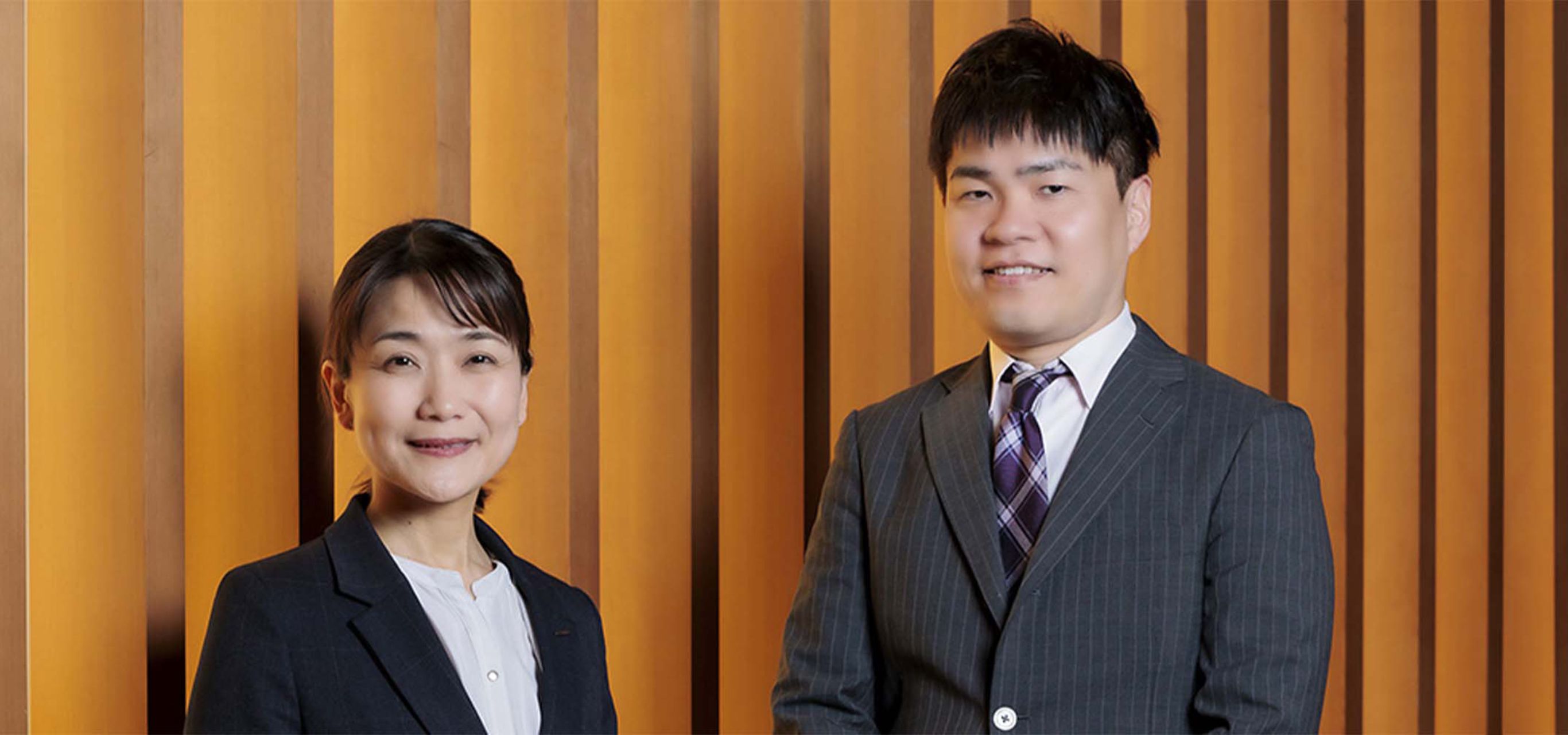
Innovation Through Connection: From Systems to Society
Harnessing technology and collaboration to build resilient, adaptive systems
The biggest challenge in technology today is not invention, but integration. At NTT DATA Group, "connection" is our guiding principle; linking systems, people, and ideas to create meaningful change.
This blog explores how that approach is shaping industries: from partnering with MUFG Bank to apply the All-Photonics Network (APN) for resilient financial infrastructure, to using digital twins for smarter factories and urban planning, to exploring digital humans as lifelike interfaces bridging systems and people. Together, these advances show how connected innovation can strengthen competitiveness, support sustainability, and meet rising expectations across business and society.
- Index
-
- Connecting Remote Spaces: IOWN's Next-Generation Network "APN"
- Integrating Reliability and Flexibility in Financial Systems with IOWN
- Bridging The Physical and Digital: How Digital Twins Are Evolving Society
- Transforming Operations with Digital Humans: Where AI Meets Human Connection
- Connecting Advanced Technologies with Our Clients' Businesses
The biggest challenge in the tech industry today is not invention, but integration. Competitiveness, resilience, and social value now depend on how well systems and people are connected across industries, geographies, and generations of technology.
At NTT DATA Group, building this connection is at the heart of our mission. It's our goal to align innovation with business outcomes by bridging clients and emerging technologies. But what does "connected innovation" look? Our most recent collaboration with our longstanding partner MUFG Bank is a great example of connected innovation in practice, within one of the world's most complex and highly regulated industries.
1. Connecting Remote Spaces: IOWN's Next-Generation Network "APN"
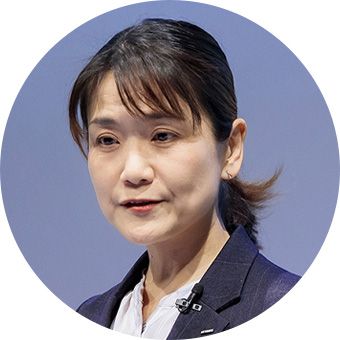
Vice President, Head of Innovation Technology Department, Technology and Innovation General Headquarters, NTT DATA Group Corporation
Yoko Inaba
As industries explore how to unlock the next level of digital infrastructure, NTT's Innovative Optical and Wireless Network (IOWN), and its core technology, the All-Photonics Network (APN), is already showing how next-generation performance can meet real-world needs. In this blog, Yoko Inaba, Senior Expert at NTT DATA Group Corporation (hereafter referred to as Ms. Inaba), and Masayoshi Namba, Deputy General Manager of the Digital Service Planning Division at MUFG Bank, Ltd. (hereafter referred to as Mr. Namba), discuss how APN is shaping the future of financial systems and sustainable digital architecture.
Ms. Inaba begins by laying out the significance of APN within the broader IOWN initiative: "The All-Photonics Network represents a breakthrough in data transmission. Unlike conventional systems that rely heavily on electrical signals, APN transmits data entirely through photonics, even within semiconductor chips. This allows us to achieve ultra-low latency, ultra-high capacity, and dramatically lower power consumption.
"We're seeing applications in immersive online experiences like live streaming, in high -efficiency, distributed AI training environments using GPU clouds, and in the interconnection of geographically distant data centers. What's particularly exciting is how APN contributes to watt-bit integration, aligning energy use with data volume, which opens new possibilities for renewable energy optimization and Green Transformation (GX)."
With this in mind, Mr. Namba shares how MUFG Bank is collaborating with NTT DATA to bring this technology into the financial sector: "As consumer expectations continue to grow, we're looking towards technology to deliver experiences that are faster and smarter. At the same time, we're dealing with complex challenges like aging legacy infrastructure, decentralized data centers, and the need for more dynamic resource allocation across hybrid cloud environments.
"For example, we're using APN to interconnect data centers and cloud platforms around 50 kilometers apart. The goal is to create a unified computing zone that allows for faster failover and better service continuity in the event of disruptions, while also offering improved scalability when launching new digital services.
"Today, our backups are separated by region, typically between Tokyo and Osaka. By using APN to connect geographically distant sites in real-time, we're able to consolidate operations and create a more resilient, responsive architecture.
Ms. Inaba adds: "IOWN and APN aren't just about faster networks. They represent a shift in how we think about infrastructure, as something that's adaptable, energy-efficient, and designed to support the increasingly distributed nature of both data and services. Financial services are just the beginning. We believe this is a foundation that will support innovation across every sector."
2. Integrating Reliability and Flexibility in Financial Systems with IOWN
As part of the IOWN Global Forum, a cross-industry initiative driving the implementation of the Innovative Optical and Wireless Network, MUFG Bank, Ltd. is working closely with NTT DATA Group to test how next-generation infrastructure can support the evolving demands of finance.
Mr. Namba explains the motivation behind the collaboration: "With the growing shift to online transactions, both customer needs and the technologies surrounding banking are changing rapidly. We feel it's crucial to drive innovation that supports this transition while still ensuring the reliability people expect from financial institutions."
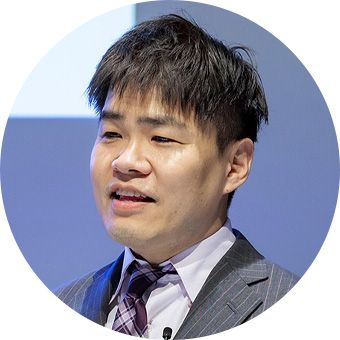
Industry Research & Produce Division, MUFG Bank, Ltd.
Mr. Masayoshi Namba
There are two use cases the teams are currently exploring. The first is about unifying geographically separate computing environments. By using IOWN to interconnect data centers and cloud infrastructure about 50 kilometers apart, a single computing zone can be created. This provides greater agility, allowing operations to continue smoothly even during a system failure or disaster, and makes it easier to scale new services.
The second use case aims to strengthen backup and recovery operations, especially across regions. At present, MUFG's backup systems are managed in separate regions. By connecting these distant sites via IOWN, MUFG is able to streamline those operations and simplify how it manages resilience across its entire network.
Of course, applying emerging technology in the financial sector requires careful execution. Security, resilience, and accessibility are baseline requirements, they can't be compromised. But beyond that, MUFG is aiming for a balance of high reliability and flexibility. The end goal is to improve convenience for our customers, without adding operational risk.
Mr. Namba notes: "We plan to complete verification of a use case within fiscal year 2024, and present the results in fiscal year 2025."
3. Bridging The Physical and Digital: How Digital Twins Are Evolving Society
Digital twins, once a mere concept confined to industrial design labs, are now reshaping how we interact with and manage the real world.
Ms. Inaba explains how the technology has rapidly matured and where it's heading next: "Thanks to the rise of IoT, we now have access to more real-world data than ever before. Devices are capturing everything from temperature and movement to vibration and human flow. With the spread of 5G and the increasing availability of GPUs and AI processing power, we're able to run real-time, large-scale simulations with 3D precision.
"Take AGVs, for example - automated guided vehicles that transport materials inside factories. By simulating factory layouts and the movement of people, we can design optimized travel routes that avoid congestion and reduce energy use. If there's a potential obstruction or risk, we can detect it in advance and make adjustments.
"We've also been working with Mitsubishi Chemical Corporation on using quadruped robot dogs to monitor for anomalies, like abnormal vibrations in factory piping. These were tasks traditionally done by human inspectors, but now we can automate them and the proof-of-concept has already shown promising results.
"By applying mathematical optimization techniques, we can improve everything from procurement scheduling to delivery timing. It also gives us flexibility - if the supply chain is disrupted, we can recalculate and adapt quickly.
Beyond the manufacturing industry, NTT DATA is also using digital twins to simulate social phenomena - things like urban mobility and congestion patterns. By integrating data from diverse sensors, large-scale predictions can be made that support public services.
One example of this work is through NTT DATA's partnership with Hanshin Expressway Company to build a traffic digital twin. The goal is to predict real-time congestion by incorporating factors like accident scenarios, vehicle speed, routes, and driving behavior. With accurate simulations, Hanshin Expressway can make better decisions, both for infrastructure operators and for individual drivers.
4. Transforming Operations with Digital Humans: Where AI Meets Human Connection
As the line between human and machine interaction continues to blur, digital humans are stepping into the spotlight. These AI-powered avatars combine 3D modelling with natural conversation capabilities. The result is surprisingly lifelike.
Ms. Inaba explains: "What makes digital humans so compelling is their responsiveness. They understand context, they can adapt mid-conversation, and they create a sense of presence that typical interfaces can't replicate. And that's changing how organizations think about interaction.
"In New Zealand, for example, a sports facility has introduced digital humans to support customer service. Because they're available anytime and can handle a wide range of inquiries, they've made the experience more convenient. But what really sets it apart is the familiarity - people feel like they're talking to a real person."
"Digital humans are also collecting data in the process. By analyzing data like equipment usage patterns or purchase history at concession stands, digital humans can offer more personalized service. It's a smart, adaptive interface.
"At NTT DATA, we see the potential of digital humans to augment human capabilities - helping people do more, with less effort. They're becoming a new interface, one that connects systems and people more naturally.
"That natural connection is also part of what makes them so relevant in a world facing labor shortages and rising expectations for digital experiences. They can fill in gaps where human resources are stretched thin, but they also offer something more: a way to foster emotional connection through technology. It's a new kind of presence and we're actively developing use cases that explore that potential."
5. Connecting Advanced Technologies with Our Clients' Businesses
What these examples show is that "connection" has become the organizing principle for how industries evolve. Linking physical and digital spaces, bridging legacy and emerging systems, and creating interfaces that feel almost human: each innovation points to the same idea of weaving disparate elements into something stronger and more adaptive.
As NTT DATA Group Corporation continues to explore these frontiers, the focus is not simply on deploying the newest technologies, but on understanding how they integrate into society and shape the way we live and work. Drawing on both the outcomes of advanced research and the lessons of real-world collaboration, the aim is to push beyond experimentation toward approaches that endure built on technologies that not only connect systems but also connect to human needs.
Figure: NTT DATA Technology Portfolio (FY2024)
This article is based on a presentation delivered at NTT DATA Foresight Day 2025, held on January 28, 2025.
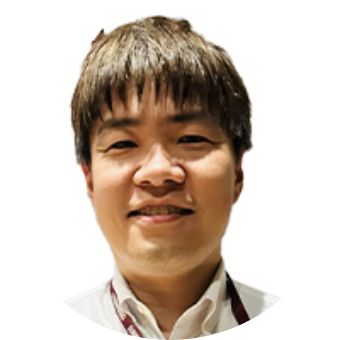
Mr. Masayoshi Namba
Industry Research & Produce Division, MUFG Bank, Ltd.
Masayoshi Namba graduated from the Faculty of Science and Technology at Keio University and joined the Ministry of Internal Affairs and Communications (MIC) in 2008.
In addition to his experience at the ministry's Telecommunications Bureau, he has extensive on-site experience, including leading the planning of the smart city initiative in Aizuwakamatsu City.
Since 2020, he has been with MUFG Bank, Ltd., where he is engaged in analyzing business environments and disseminating insights both within and outside the bank, primarily focusing on the information and communications, broadcasting, and digital sectors.
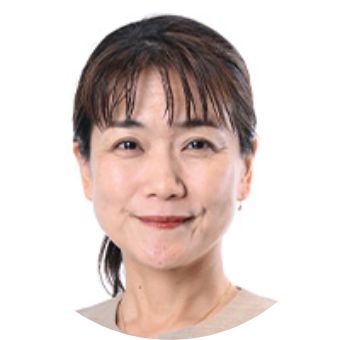
Yoko Inaba
Vice President, Head of Innovation Technology Department, Technology and Innovation General Headquarters, NTT DATA Group Corporation
Yoko Inaba has worked in the R&D division, engaging in data science, artificial intelligence (AI), quantum computing, and data analytics consulting.
Since 2021, she has been responsible for developing businesses aimed at solving social issues, such as disaster prevention and regional revitalization.
Starting in 2024, she has been leading innovation initiatives based on the utilization of advanced technologies.
Related links
